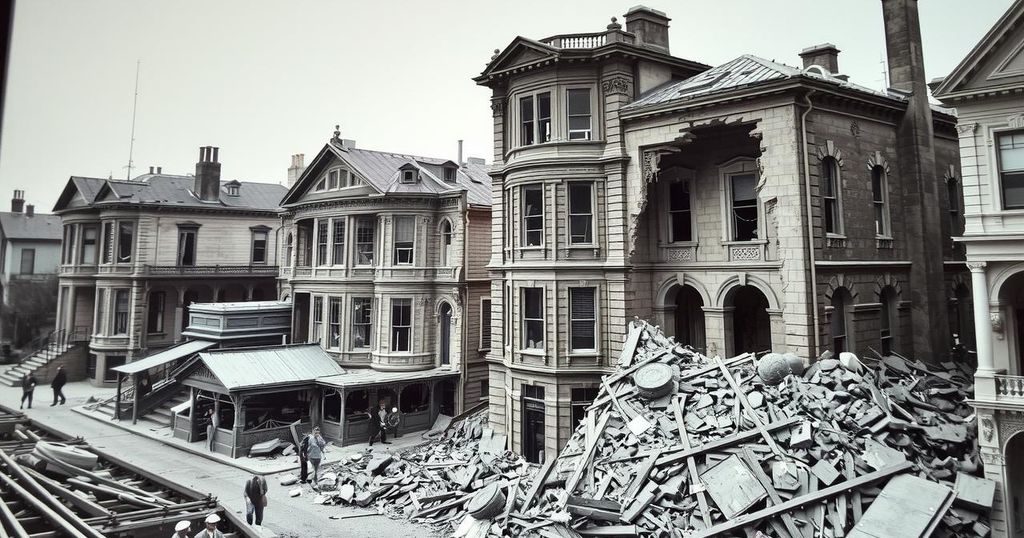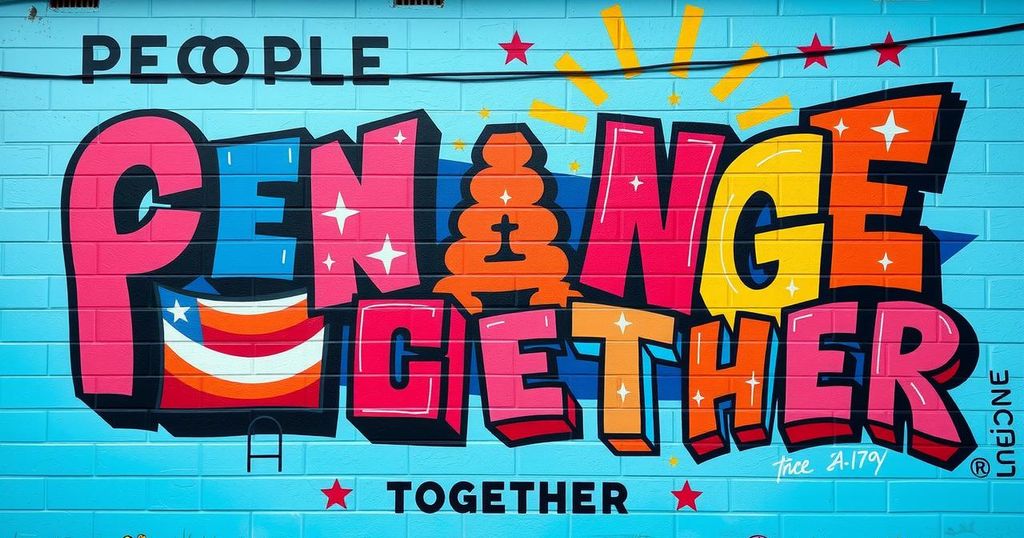World news
AMERICAS, ASIA, BRITANNICA, CALIFORNIA, CHINA, CHINATOWN, CITY HALL, COOS BAY, EMERGENCY RESPONSE, EUROPE, EVACUATIONS, FRANCISCO, GOLDEN GATE PARK, HUMBOLDT, HUMBOLDT COUNTY, JAPAN, LOS ANGELES, MARKET DISTRICT, MEXICO, MONTGOMERY STREET, NATURAL DISASTER, NATURAL DISASTERS, NORTH AMERICA, NORTH BEACH, OLD CITY, OREGON, PALACE HOTEL, PARAGUAY, PHILIPPINES, RUSSIAN HILL, SALINAS, SAN ANDREAS, SAN ANDREAS FAULT, SAN BENITO, SAN FRANCISCO, SAN JOSE, SAN JUAN BAUTISTA, SANTA ROSA, SOUTH AMERICA, SOUTH OF MARKET, TELEGRAPH HILL, UNITED STATES
Marisol Gonzalez
0 Comments
The 1906 San Francisco Earthquake: Impact and Legacy
The 1906 San Francisco earthquake, occurring on April 18 with a magnitude of 7.9, resulted in extensive destruction across the city and surrounding areas. The quake and subsequent fire led to over 3,000 deaths, 250,000 homeless, and massive property damage exceeding $350 million. The city’s reconstruction focused on earthquake resilience and scientific advancements in geology.
The San Francisco earthquake of 1906, which occurred on April 18 at 5:12 AM, registered a magnitude of 7.9. The seismic event was centered along a 270-mile segment of the San Andreas Fault, affecting regions from San Juan Bautista in San Benito County to Humboldt County, and the tremors were perceptible as far south as Los Angeles and as far north as Coos Bay, Oregon. The earthquake wreaked havoc primarily in San Francisco and nearby cities such as San Jose, Salinas, and Santa Rosa, leading to unprecedented destruction.
Prior earthquakes had shaken San Francisco, but none compared to the devastation of 1906. Reports described a noise akin to “the roar of 10,000 lions” as the landscape began to fracture. The impact halted cable cars and crumbled infrastructures, including City Hall and the Palace Hotel, where the glass roof shattered onto the ground below. This catastrophic event was further exacerbated by a massive fire that lasted four days, consuming much of the city and leaving 500 city blocks in ruins. The extensive damage resulted in approximately 28,000 structures being destroyed, accumulating an estimated property loss of $350 million.
Initially, the death toll was believed to be around 700; however, it is now estimated that over 3,000 individuals lost their lives. Additionally, about 250,000 residents were left homeless, with many seeking refuge in makeshift camps in Golden Gate Park or relocating to surrounding towns. International assistance soon followed, with shipments of food and clothing arriving, as well as considerable financial aid contributions from countries such as Japan, China, and several European nations. Although insurance claims approached $300 million, the city’s recovery relied heavily on community strength and resilience.
In the aftermath, much of San Francisco was reconstructed to enhance earthquake and fire resistance. Urban planning advanced significantly as debris cleared, culminating in a revitalized city that showcased its recovery efforts at the Panama-Pacific International Exposition in 1915. The scientific community also benefited from the disaster, as field studies contributed to the development of the elastic rebound theory, explaining the mechanics of fault movement during seismic activity.
The San Francisco earthquake of 1906 remains one of the most significant seismic events in American history, both for its immediate impact and its influence on future earthquake preparedness and urban planning. The event underscored the risks associated with living along fault lines and demonstrated the catastrophic possibilities of such natural disasters. Understanding this event is essential for both historical context and the development of geophysical theories that explain the mechanics of earthquakes.
In summary, the San Francisco earthquake of 1906 was a transformative event that resulted in severe damage and loss of life, prompting massive international relief efforts and leading to the reconstruction of the city with a focus on resilience. The aftermath reshaped urban planning and contributed significantly to geological sciences, ensuring that the lessons learned from this disaster would inform future risk mitigation strategies. The strength and perseverance of the city and its inhabitants in the wake of the disaster remain a testament to communal spirit in times of adversity.
Original Source: www.britannica.com




Post Comment